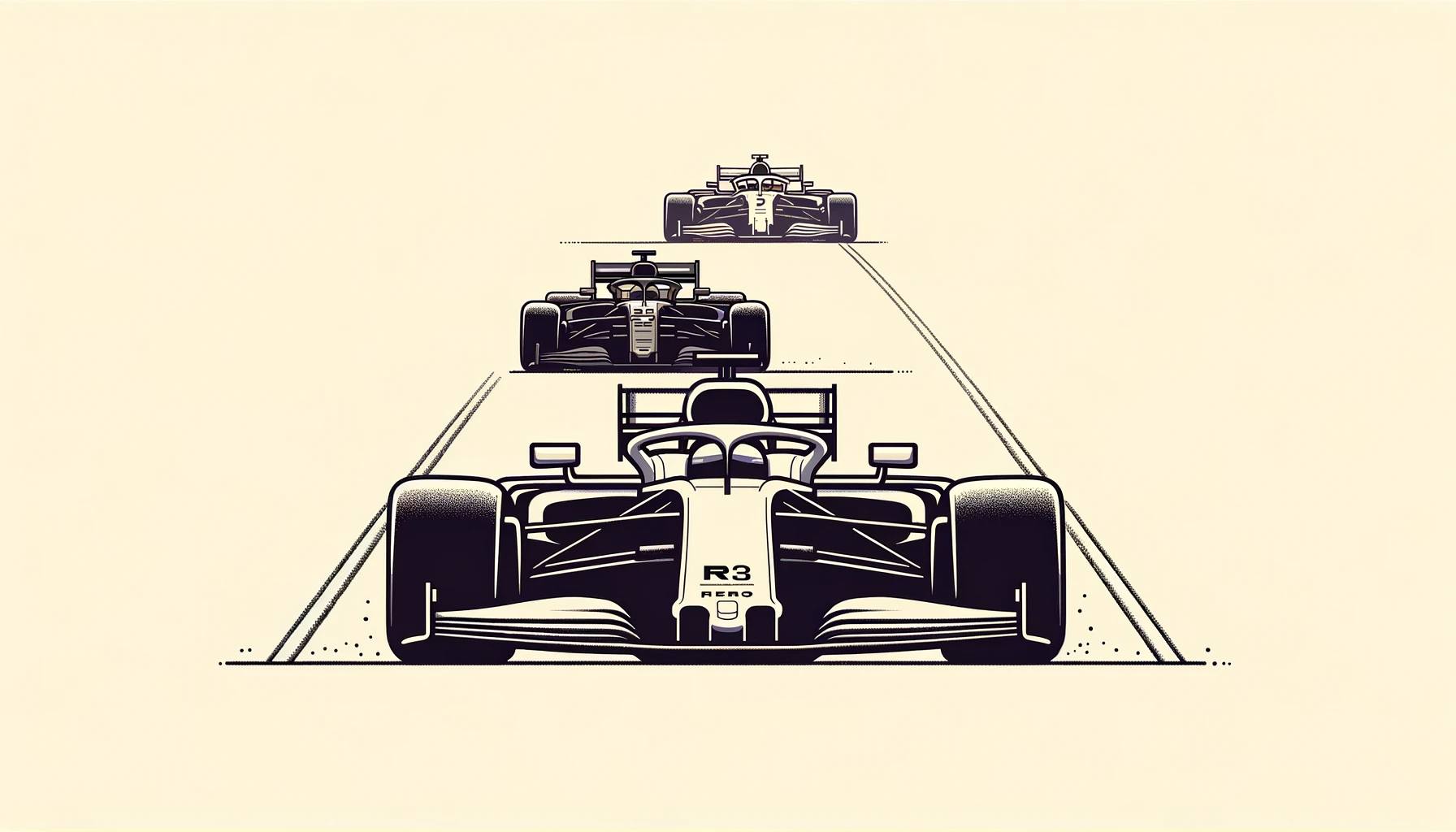What is Drag Reduction System (DRS) in F1 Cars?

In 2011, Formula 1 introduced the Drag Reduction System, or DRS for short. The main reason behind this was to make races more thrilling by increasing the chances of overtaking. Before DRS, passing other cars on the track was quite challenging, often leading to somewhat boring races.
The idea for DRS emerged from a growing concern in the late 2000s about the decreasing number of overtaking in F1 races. Races were becoming more predictable, with positions often decided by the qualifying rounds rather than on-track action. This predictability was primarily due to the aerodynamic of the cars, which made it difficult for drivers to follow closely behind another car due to 'dirty air' (turbulent air left behind by a car, which reduces the downforce and grip of the following car).
In response to these challenges, the FIA, the governing body of F1, introduced DRS in 2011. The objective was to reduce the aerodynamic disadvantage for a car following closely behind another. By making it easier for drivers to follow and pass, DRS aimed to increase the number of overtaking opportunities, adding excitement and unpredictability to races.
How Does DRS Work?
DRS zones are strategically placed on the track, usually on long straights, to maximize the potential for overtaking.
So, what exactly is DRS? It's a movable flap on the rear wing of the car. When a driver activates this system, the flap opens up. This simple action reduces the car's aerodynamic drag, which is just a fancy term for the air resistance the car faces when it speeds up. With less drag, the car can go faster, making it easier to overtake the car in front.
When Can Drivers Use DRS?
Drivers can't just use DRS whenever they want. It's only allowed in specific parts of the track, known as DRS zones. But there's a catch - a driver can't just use DRS in these zones on a whim. They need to be trailing another car, and not just close by, but within one second of it, when they cross what's known as the DRS detection Zone. Only then, when they enter the DRS zone, can they activate the system. This rule is crucial because it ensures that DRS fulfils its main role, helping cars overtake each other more effectively.
During the qualifying sessions, the rules around DRS usage are more relaxed. Drivers are allowed to activate DRS freely, but only within the designated DRS zones. This means they don't need to be trailing another car to use it, allowing them to maximize their speed and aim for the best possible lap time.
Criticism and Praise of DRS
While DRS has been praised for achieving its goal of more overtaking, it has also faced criticism. Some purists argue that it makes overtaking too easy, diluting the skill and challenge traditionally associated with racing.
One notable criticism is the phenomenon known as the 'DRS train.' This occurs when multiple cars, each within one second of the other, use DRS at the same time. In such scenarios, the advantage of DRS is somewhat neutralised, as all trailing cars get a similar speed boost, making it hard for any one car to gain a significant advantage.

This can lead to a procession of cars, all following each other at similar speeds without much change in position, which ironically, is the exact scenario DRS was meant to avoid. DRS trains are more likely to happen at certain circuits, tracks with long straights followed by slow corners. These tracks allow multiple cars to stay within the one-second window required for DRS activation, leading to the formation of a 'train.'
Despite this, DRS has undoubtedly increased the number of overtakings, adding excitement and unpredictability to races.





